Potted Cheese
Potted Cheese is an easy, no-cook, traditional British cheese spread that’s perfect on crackers, biscuits, crusty bread or toast.
Cheese and butter are simply combined with your choice of herbs and spices plus a touch of booze.
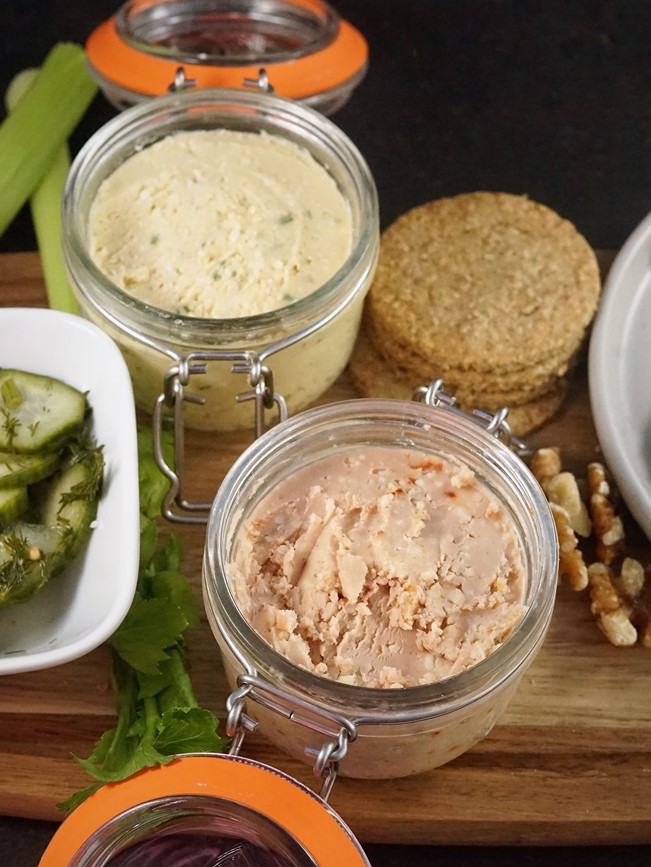
You can make it with a single cheese such as Cheddar, or with a variety. Potted Cheese is especially good for using up those cheeseboard leftovers.
Stored in jars in the fridge, it should keep at least two weeks.
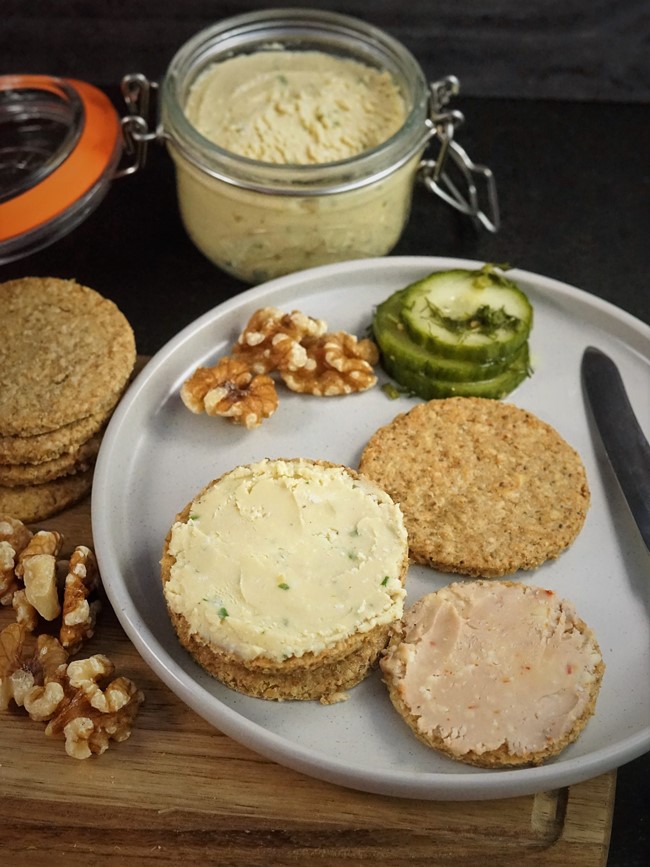
Jump to Recipe
BRITISH CHEESE
Britain’s climate and landscape make it perfect for grazing animals and therefore milk production.
But what to do with excess milk? Preserve it by making into cheese, of course!
According to some, Britain makes around seven hundred types of cheese. That’s three hundred more varieties than France, apparently.
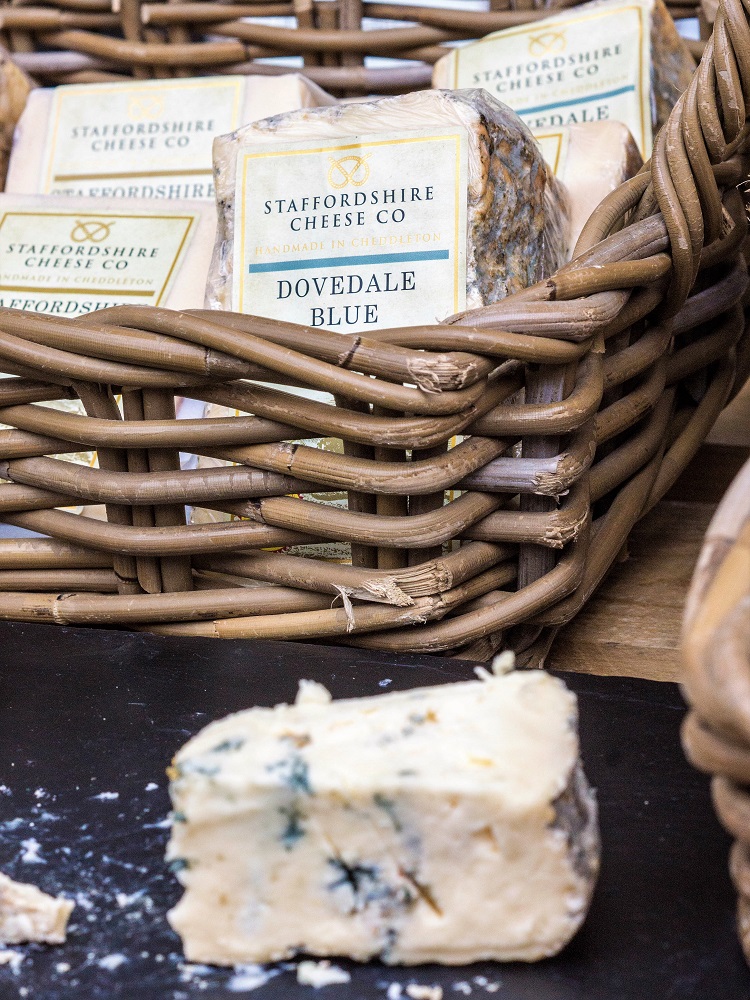
And we do love our cheeses. Whether it’s buy-it-anywhere, mass-produced Cheddar, or handmade, artisan cheeses like those from my local Staffordshire Cheese Company.
Although cheese is itself a form of preserved food, ingenious Britons developed a way of preserving it a second time. By potting it.
POTTED FOODS
Potted foods such as cheese were usually made by pounding it with various flavourings, then covering with a layer of fat. The purpose of the fat was to keep out the air and so prevent (or slow down, anyway) the food going bad.
In the age of refrigeration, potted foods are no longer a vital form of preserving. But, like the preservative salt originally added to butter, they’re something many of us still have a taste for.
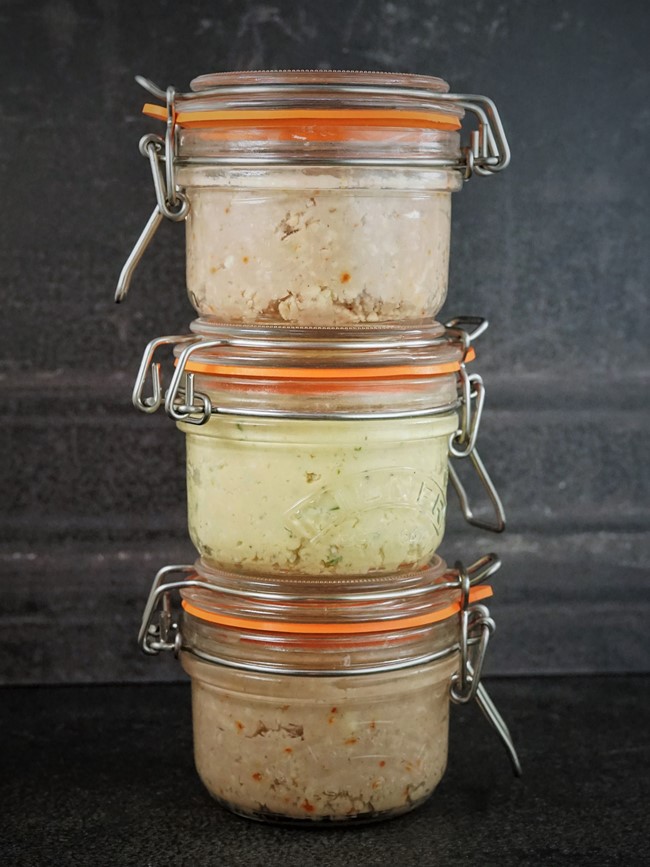
In fact, Potted Cheese is the third potted recipe I’ve shared.
First off was my hugely popular Homemade Potted Beef. Then, more recently, delicious and super-easy Potted Ham.
While it’s certainly worth buying cheese specially to make Potted Cheese, it’s also a great way of using up leftovers (as is Potted Ham).
As I write, we’re in the run-up to Christmas. No doubt, like many tables over the festive season, mine will be featuring a cheeseboard at least once.
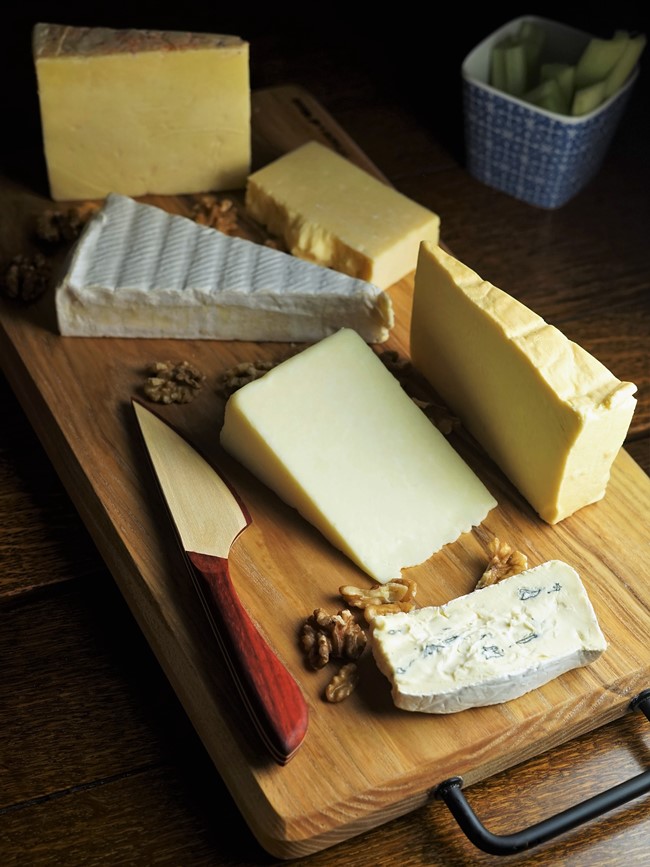
After the celebrations, you can gather up all those odds and ends of cheese, combine them with some simple flavourings, a splash of booze, and make a wonderful spread for crackers, biscuits or toast.
Jump to Recipe
EASY POTTED CHEESE
For the Potted Cheese in this post, I used a combination of strong and medium mature Cheddars, some Lancashire cheese and sheep’s milk cheese.
You really can use almost any mixture, although soft cheese will make a looser spread than hard or semi-hard cheeses.
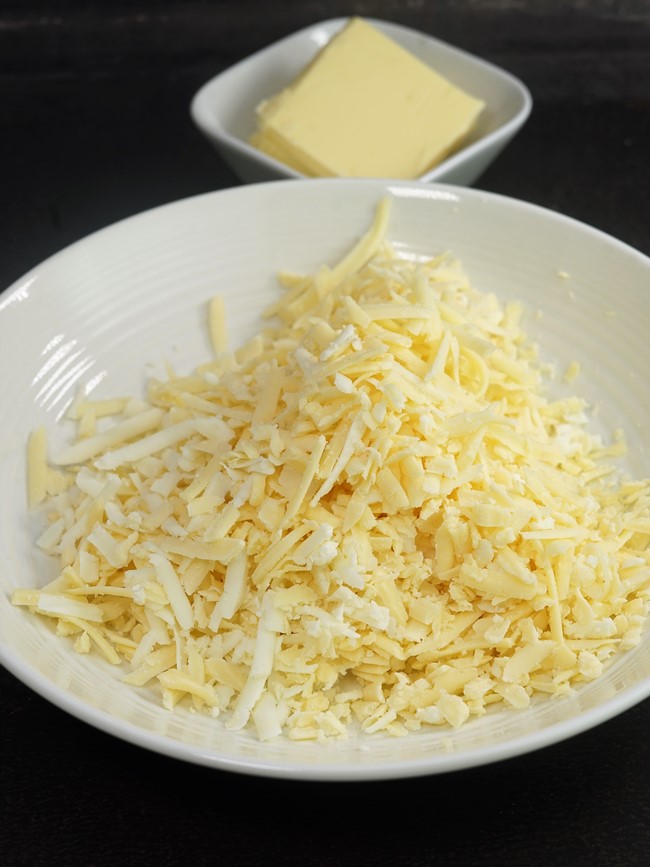
To almost-fill three 125 ml capacity jars, I grated 225 grams of cheese.
I whizzed it in a food processor with 90 grams of butter. Some recipes use a lot less butter, while some combine equal quantities of butter and cheese.
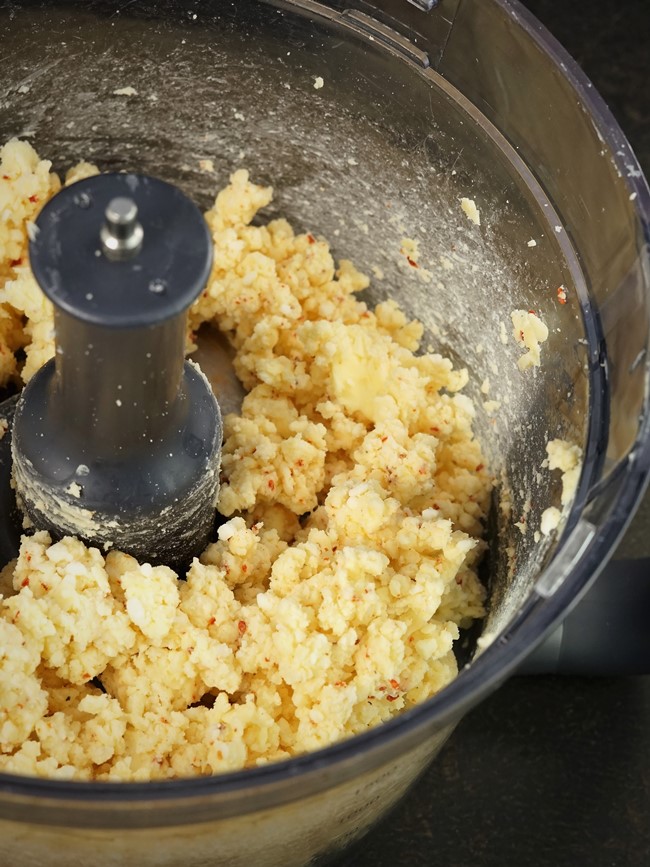
Play around with proportions and see what you like best.
If you want to make a smaller amount of my Potted Cheese, weigh the amount of cheese you have, then calculate what forty per cent of it is. This is the amount of butter you’ll need to add.
FLAVOURINGS
The fun part of making Potted Cheese is deciding what herbs and spices you want to add.
Traditionally, alcohol is also included. Besides adding flavour, this helps to create a spreadable consistency. It may also improve the keeping qualities.
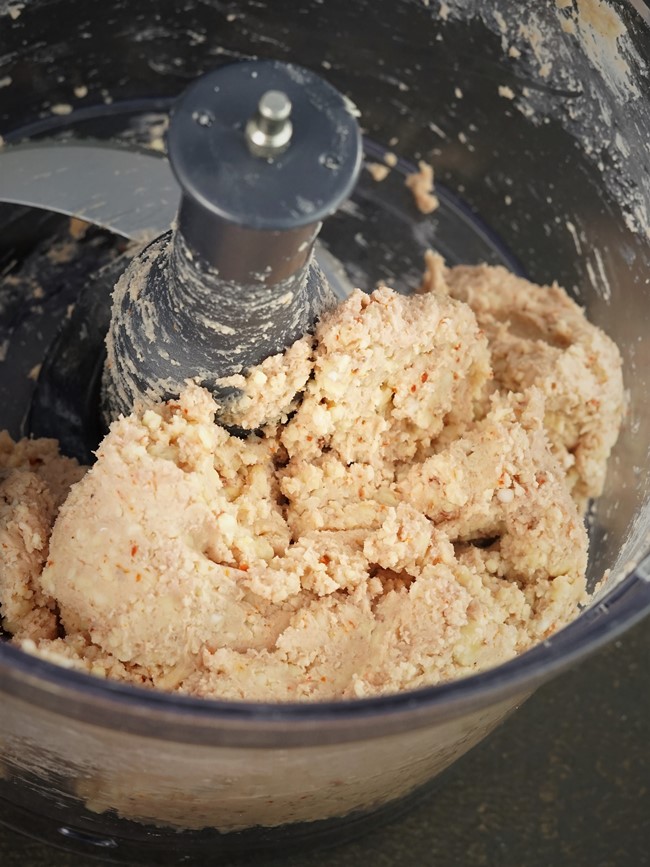
You’ll perhaps already have noticed that this post has images of two different flavours.
The pinkish one has mildly warm Aleppo pepper and port. The yellowish, green-flecked one has French mustard, chives and single malt whisky. Both pack quite a punch!
Other suitable flavourings include English or wholegrain mustard, black pepper, garlic, tarragon or parsley. If you don’t fancy port or whisky, go for a medium sherry, Madeira, Marsala, beer or brandy.
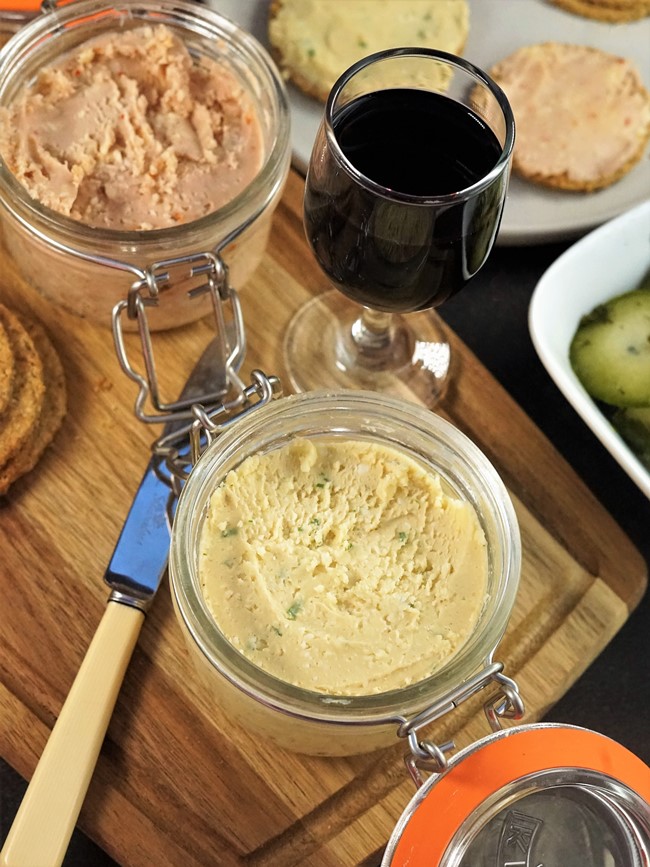
It’s really up to you how much of the flavourings to add. Maybe start with the lower amounts I’ve suggested in the detailed recipe. Taste the mixture and add more as needed.
POTTING, STORING & USING
When your Potted Cheese is tasting good, pack it into washed and dried lidded jars.
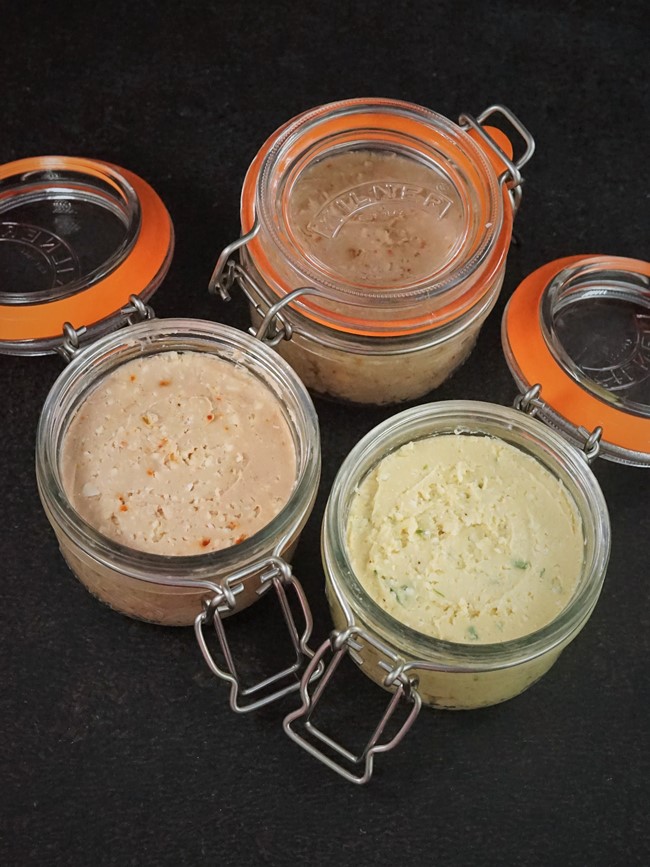
I don’t bother with the traditional layer of clarified butter. I’m only going to be storing the Potted Cheese for a couple of weeks at most. And I think it’s rich and tasty enough without it.
But if you do want to add it: melt lots of butter in a saucepan then leave to settle a few minutes. Pour off the top layer of yellow clarified butter and use that to cover the cheese. Discard the white milk solids left at the bottom of the pan.
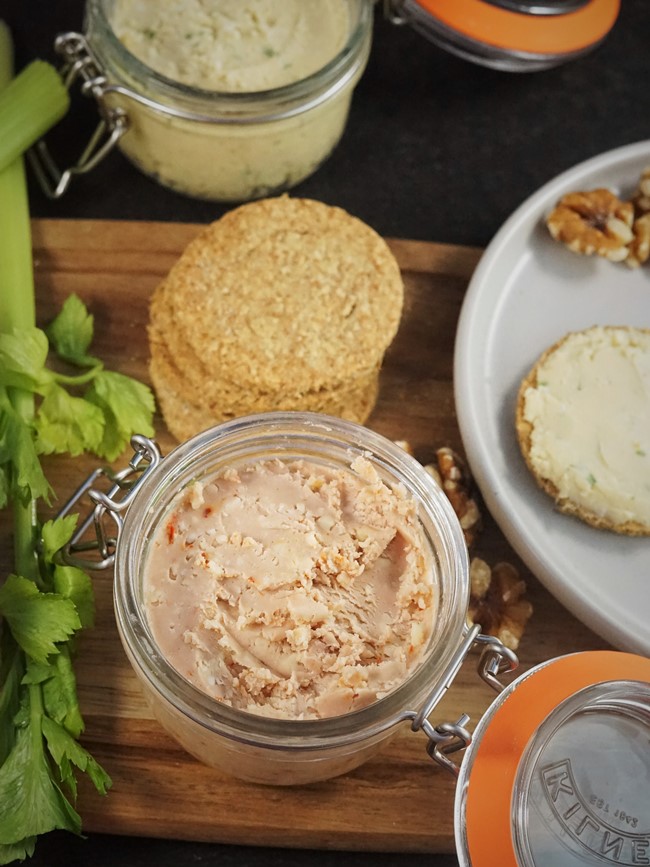
My favourite way to eat Potted Cheese is spread thickly on homemade biscuits and crackers.
Nutty tasting Scottish Oatcakes or Walnut & Pumpkin Seed Scottish Oatcakes are particularly good. Or try my ultra-simple Easy Homemade Crackers or gluten-free Easy Seed Crackers. Or how about good, old-fashioned semi-sweet Homemade Digestive Biscuits?
A lovely addition to your own cheeseboards, a ribbon-wrapped jar of Potted Cheese and some homemade biscuits would also make a great Christmas gift for foodie friends and family.
HAVE YOU MADE MY POTTED CHEESE? HOW DID YOU FLAVOUR IT?
LEAVE A COMMENT & DON’T FORGET TO RATE THE RECIPE!
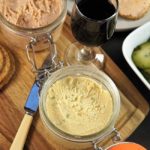
Potted Cheese
A traditional British cheese spread that you can flavour with your favourite herbs and spices plus a touch of booze. Make with a single cheese or a mixture.
Serve spread on biscuits, crackers or toast.
Ingredients
- 225 g grated cheese
- 90 g diced butter at room temperature
- ¼-4 tsp seasonings of choice e.g. dry or made mustard, Aleppo pepper flakes, hot chilli flakes, black pepper, garlic granules, finely chopped herbs such as chives, parsley or tarragon.
- 1-3 tbsp alcohol e.g. port, medium sherry, Madeira, Marsala, beer, brandy, whisky,
Instructions
-
Wash three small jars (100 - 125ml capacity) and their lids in hot soapy water. Rinse then dry thoroughly.
-
Put the grated cheese and butter in a food processor along with the lesser amount of your chosen seasonings. Process until evenly combined.
Add the lower amount of your chosen alcohol. Process again then taste. Add more seasoning or alcohol if needed.
Process until smooth or your preferred consistency is reached.
-
Pack into the jars, pressing down to get rid of air pockets, and put on the lids.
Store in the fridge for up to two weeks. Bring to room temperature before using.
RELATED RECIPES

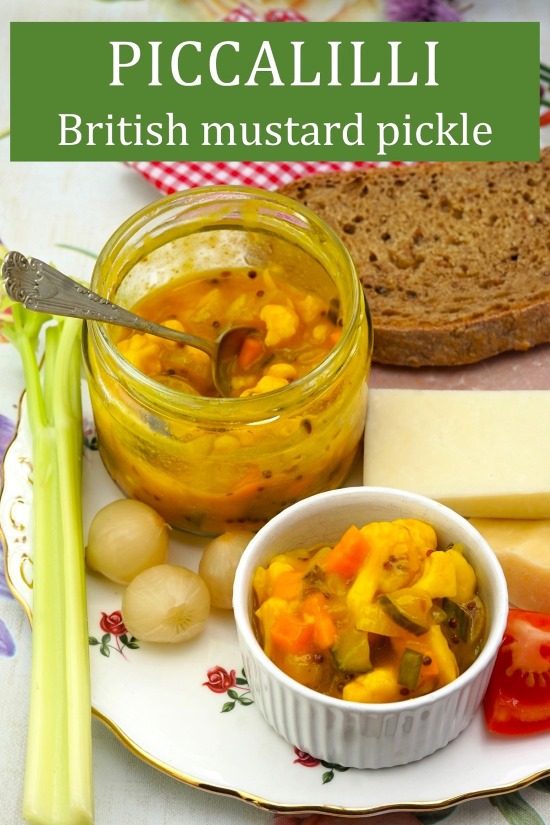
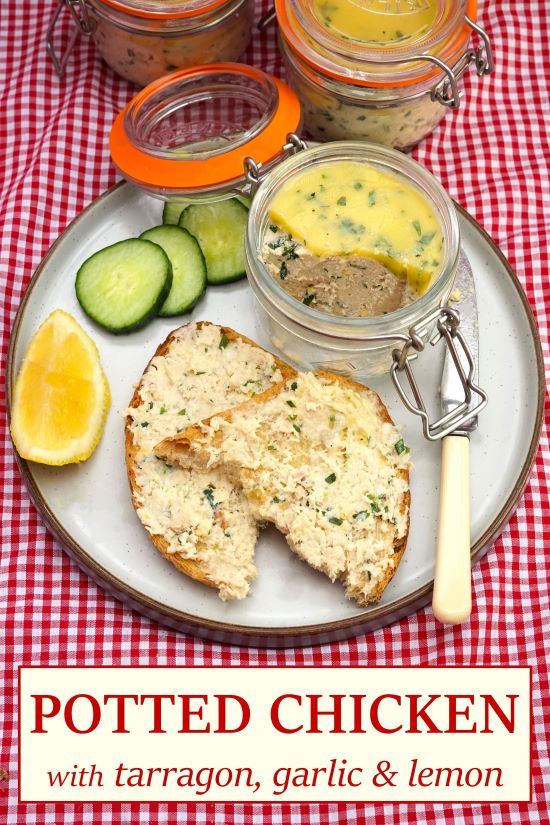
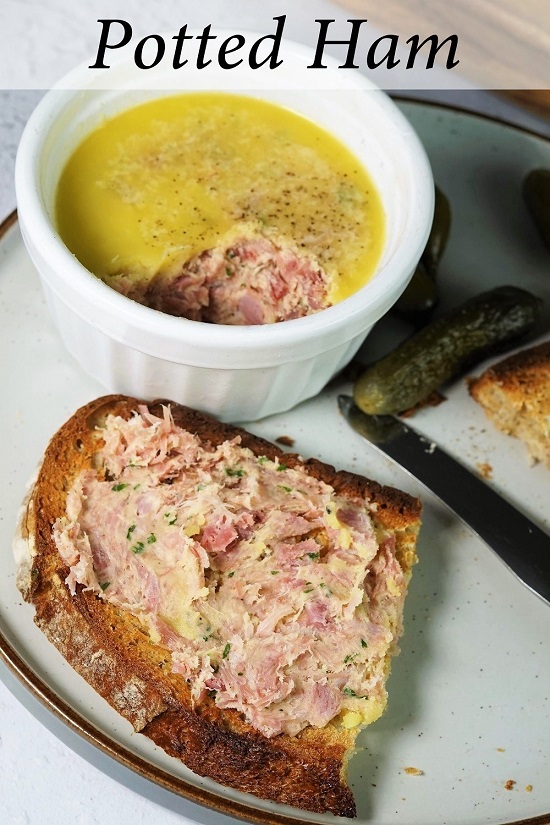
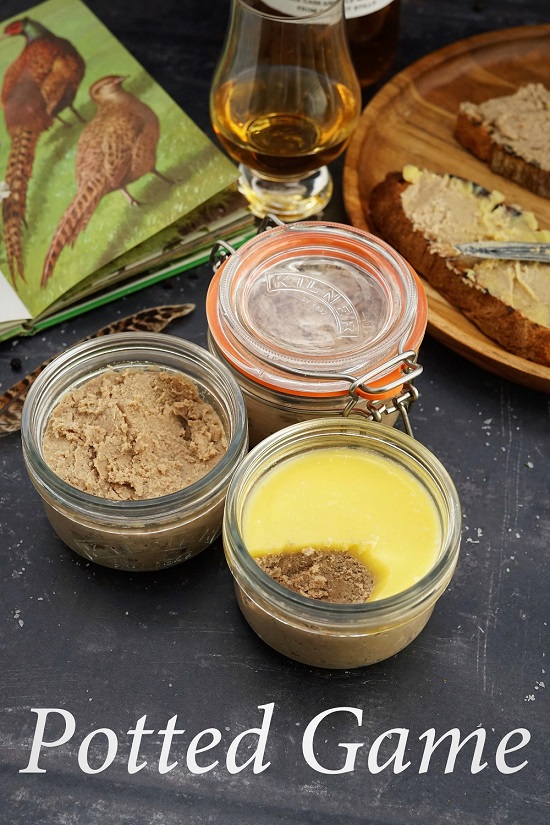
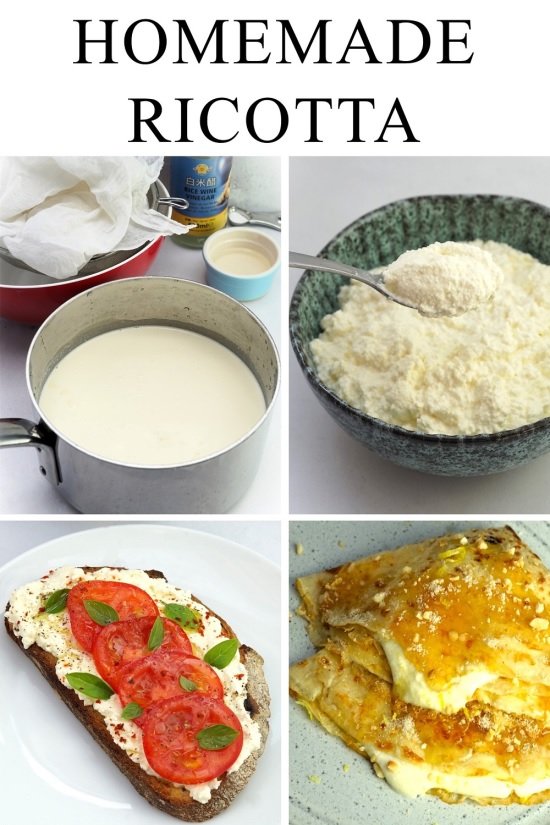
I think I will try your recipe as I always have cheese left over. I used to like cheese spread with pineapple on toast but a cant get it now. So I will add pineapple juice instead of the wine a tiny little bit of pineapple pieces of course, a bit smoked bacon and a chilli one. Thanks for the recipe.
Hope you enjoy it, Lynne!